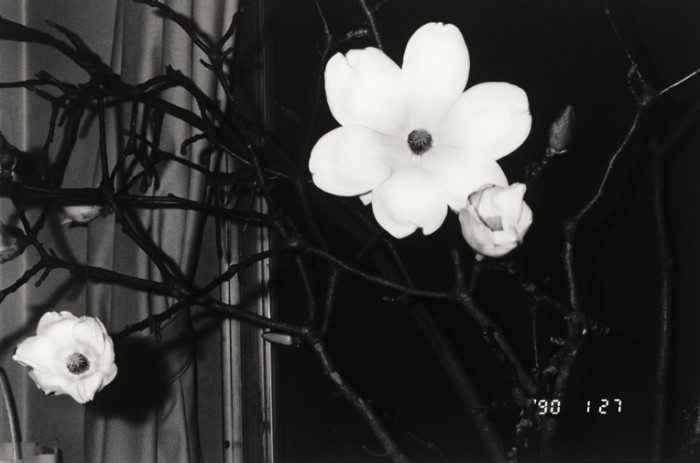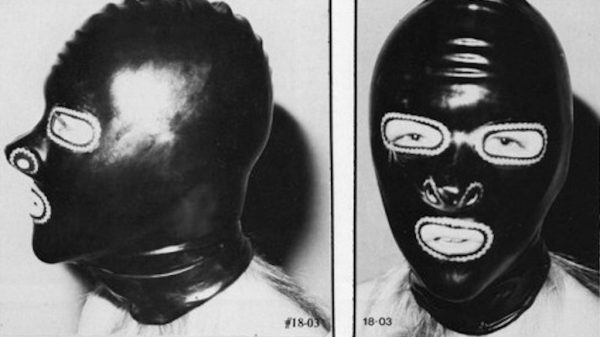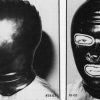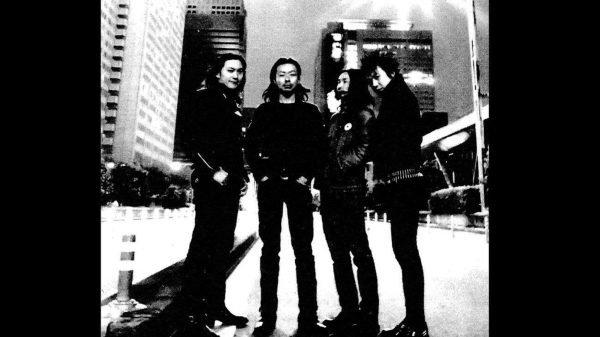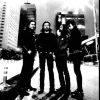Born in 1940, Araki has been shooting since the mid-1960s, heavily documenting his own life and the world around him. From commonplace objects in still life to highly elaborate compositions featuring naked female bodies, he aims to capture the entire spectrum of life while always foreshadowing death.
Using the medium as some sort of a coping mechanism, he explores the banality of life and the meaning that lies behind it. His photographs convey deeply somber metaphors that offer a meditative take and an honest depiction of life as experienced by Araki. On account of his relation to the camera, his work is extremely intimate and personal.
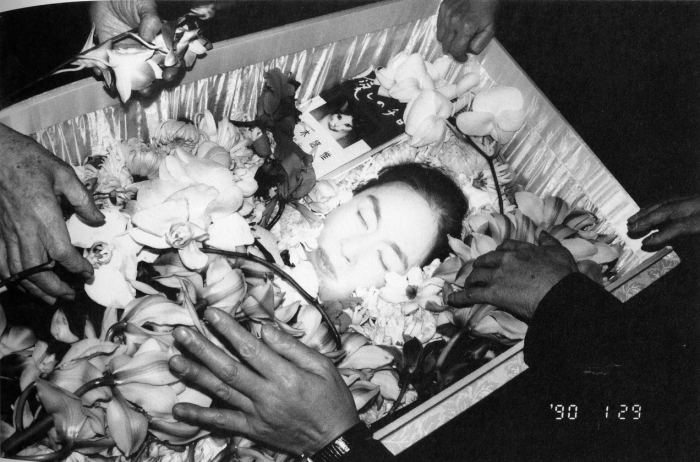
Through the camera, he explores the mundane but also the obscene, addressing the fetishisation of Japanese culture to an extent that the line between exploitation and celebration is blurred. Along his work, we witness this interplay between contrasts as he constantly recurs to the same fixations.
Making use of erotic overtones to highlight the marvelous aesthetic of the female body, he often portraits his models wrapped with complex rope patterns and intricate knots as ecstasy emanates from their faces. He depicts women in such way that they could be perceived as both: strong and oppressed. His photographs stage a confrontation between polarities, as some of his subjects and connotations range from shy and subtly suggestive, to libidinous and highly explicit; it’s all driven by subjectivity. These juxtapositions offer a way to unravel the complexity of concepts like pain and desire, subject and object.
Araki has restlessly chronicled his life in a raw, and emotional way with the distinct diaristic style in which he shoots. The voyeuristic nature of his work generates a complicity between the viewer with the image, making it participant as well. He invites the viewer into his world infused with eroticism and signs of decay that mirrors Araki’s obsessions as he seeks to reconcile life and death.


